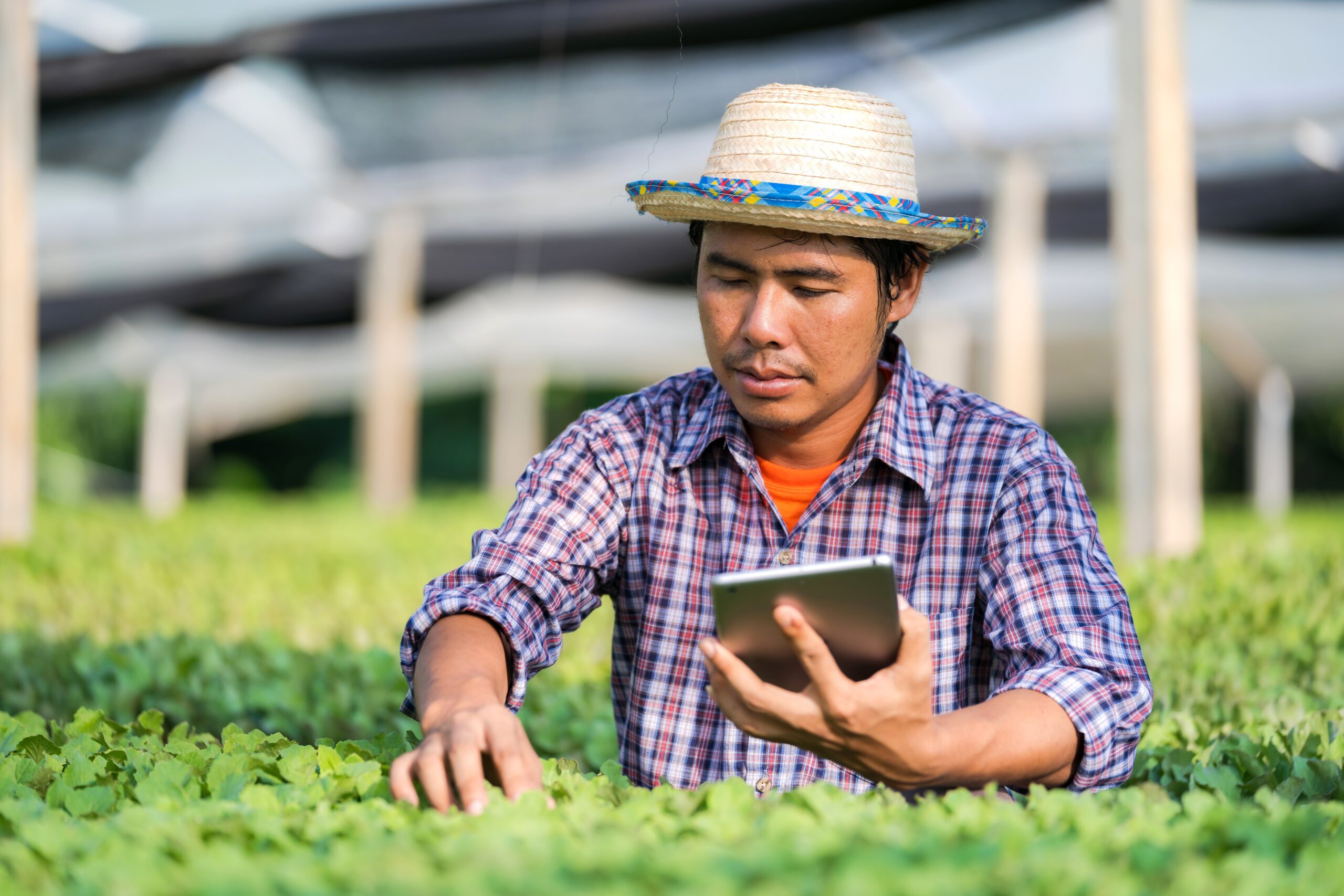
In the modern agricultural landscape, where technology is reshaping traditional farming practices, the role of Farm Management Software cannot be overstated.
According to recent data from the United Nations, the global population is expected to reach 9.7 billion by 2050, necessitating a substantial increase in food production.
This mounting pressure on agriculture is where Farm Management Software steps in as a crucial catalyst for efficiency and productivity. In this blog, we will explore the evolution of Farm Management Software, its transformative impact on agriculture, and how it drives the future of farming.
The Changing Face of Agriculture
Agriculture has come a long way from its humble beginnings as a manual labour-intensive industry. Today, it is a dynamic and technology-driven sector that leverages innovations to meet the growing global demand for food. Here are some key factors shaping the changing face of agriculture:
Population Growth: As the global population continues to soar, the agricultural sector faces the challenge of producing more food with limited resources.
Environmental Sustainability: Increasing awareness of environmental sustainability has driven the need for eco-friendly farming practices and resource conservation.
Data-Driven Agriculture: The availability of data and technology has led to the emergence of precision agriculture, where data-driven insights inform decision-making.
Labor Shortages: Labor shortages in agriculture have prompted the adoption of automation and technology to fill the gap.
The Role of Farm Management Software
Farm Management Software has become the cornerstone of modern agriculture, addressing the industry’s evolving needs:
1. Data Collection and Analysis:
- Farm Management Software collects and analyzes data from various sources, including sensors, drones, and satellites, providing farmers with valuable insights for decision-making.
2. Resource Optimization:
- By monitoring factors such as soil quality and weather conditions, the software enables precise resource allocation, reducing waste and enhancing yields.
3. Sustainability Practices:
- Farm Management Software supports sustainable farming practices by promoting eco-friendly methods and reducing the environmental impact of agriculture.
4. Automation and Efficiency:
- Automation features streamline farming tasks, from irrigation and planting to harvest, enhancing overall operational efficiency.
5. Crop and Livestock Management:
- The software assists in crop and livestock management, offering tools for monitoring health, growth, and production.
Conclusion
As agriculture evolves to meet the challenges of a growing global population and environmental sustainability, Farm Management Software stands at the forefront of innovation and efficiency. Its capacity to collect and analyze data, optimize resources, promote sustainability, and enhance automation positions it as a key driver of the future of farming.
At Coding Brains, we specialize in developing Farm Management Software tailored to the unique needs of modern agriculture. Our commitment to innovation and sustainability makes us the ideal partner for farmers and agricultural businesses looking to harness the power of technology in agriculture.


Leave a Reply